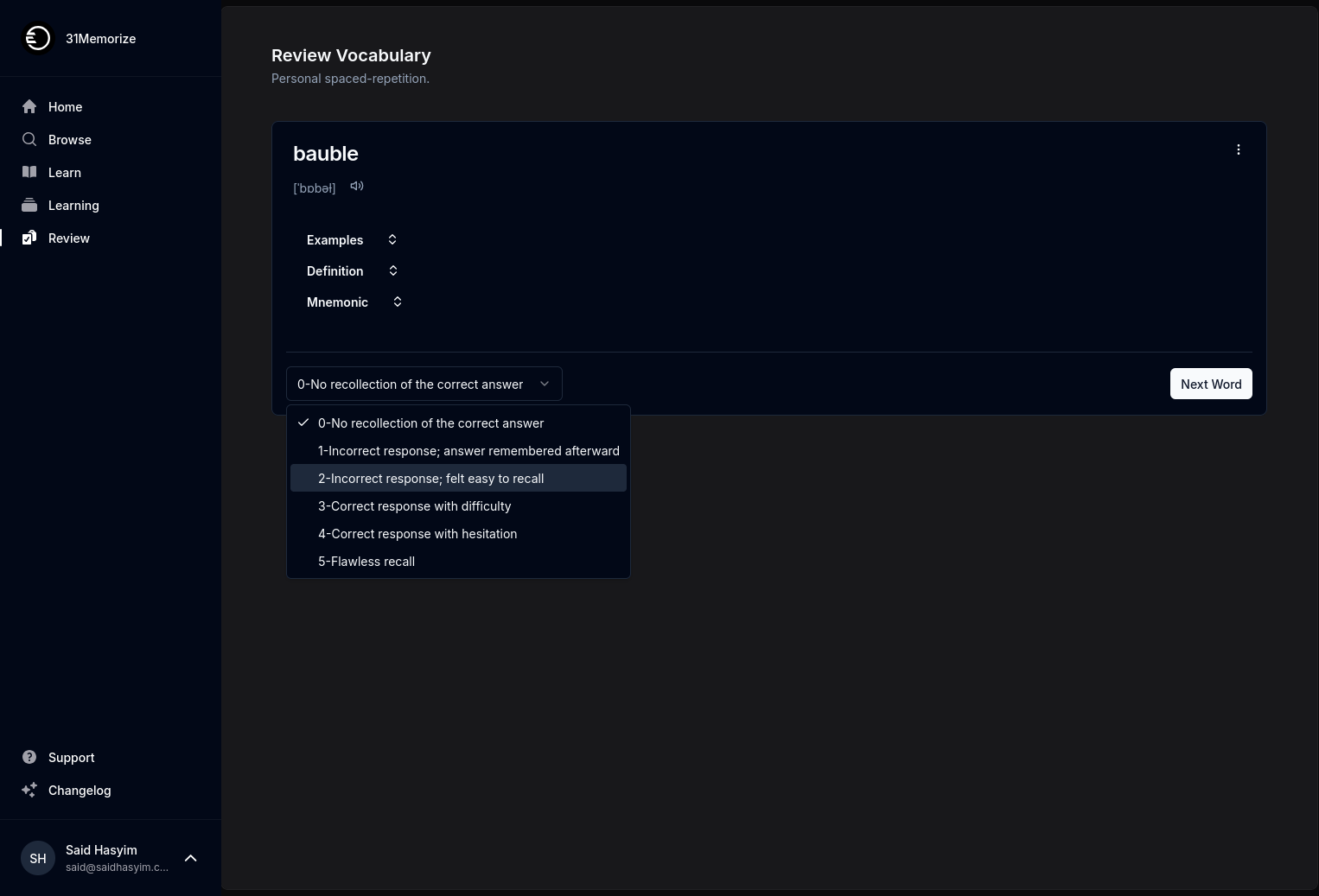Reader Rating Trends: What You Need to Know
In today’s digital age, the way readers engage with content has evolved significantly. With an abundance of information available at our fingertips, audiences increasingly rely on ratings and reviews to navigate their choices. Whether it’s a book, movie, app, or even a restaurant, reader ratings provide insights that can heavily influence decisions. But how do these ratings trend over time, and what should you know about their implications? Let’s unravel the concept of reader rating trends and their impact on consumer behavior.
Understanding Reader Ratings
Before diving into trends, it’s crucial to understand what reader ratings are. Reader ratings are assessments given by users based on their personal experiences with a piece of content. Rating systems can vary from stars, thumbs up, or numerical scores. The key attributes of reader ratings include:
- Subjectivity: They are subjective and inherently personal, reflecting individual preferences.
- Scale: Ratings often utilize a standard scale (e.g., 1 to 5 stars) which provides a snapshot of general sentiment.
- Aggregate Data: When collected from many users, ratings can form a broader perspective on quality and satisfaction levels.
Key Factors Influencing Reader Ratings
Several factors influence how readers rate content over time:
User Experience: This encompasses the overall satisfaction of the user’s interaction with the content, whether it meets their expectations and how it resonates with them emotionally.
Publishing Trends: Depending on current trends, readers might skew their ratings due to hype or social influence. For instance, new releases often see a spike in ratings shortly after debut.
Viral Effects: Social media can amplify opinions, leading to sudden bursts of ratings in a short time frame. A trending hashtag or viral post can sway audience perception dramatically.
Relevance: Timeliness and relevance of content affect ratings. What was once deemed excellent may not hold the same weight a few years down the line due to changing societal standards.
Cultural Context: Different cultures may interpret and value content differently, leading to varied ratings from diverse demographic groups.
Analyzing Rating Trends Over Time
Examining reader rating trends requires a deep dive into data patterns. Here are specific trends to watch for:
1. Initial Rating Surge
Typically, new content will experience a significant influx of ratings upon release. These early reviews are often influential, setting the stage for future ratings.
2. The Long Tail Effect
Over time, as the initial excitement subsides, ratings may stabilize. This stabilization generally reflects a more authentic assessment by the average user, known as the long tail effect.
3. Polarization of Ratings
Certain pieces of content might receive polarized reviews, with a small group of users giving it extremely high or low ratings. Tracking this polarization can help identify the causes behind these intense reactions.
4. Seasonal Variability
Some content experiences seasonal popularity spikes. For example, holiday-themed books or movies might see increased ratings during specific times of the year.
5. Review Bumps After Updates
For digital products like apps or software, there is often a noticeable change in ratings after major updates. Positive changes drive up user satisfaction, while a poor update can result in a wave of negative feedback.
The Implications of Reader Rating Trends
Understanding reader rating trends can be beneficial for multiple stakeholders.
For Content Creators
Artists, authors, or developers can utilize rating trends to guide their future projects. Analyzing what resonates positively or negatively with audiences can inform decisions about themes, styles, or functionalities to pursue.
For Businesses
Companies can use aggregated ratings to measure customer satisfaction and loyalty. A decline in ratings could signal an emerging issue that needs addressing, whereas upward trends might indicate successful products or marketing strategies.
For Consumers
As consumers, being aware of these trends helps in discerning between genuine experiences and fleeting opinions. Engaging with the broader context of ratings allows readers to make more informed choices about what to consume.
Conclusion
Reader ratings are not merely numbers; they are reflections of collective experiences and sentiments over time. Recognizing and analyzing trends in these ratings can provide valuable insights, shaping the landscape for content creators, businesses, and consumers alike.
As you navigate your own decisions based on reader ratings, consider the context and history behind those numbers. By doing so, you’ll not only make informed choices but also become part of the ever-evolving dialogue that reader ratings create.
Embrace the power of reader ratings—they’re more than just a metric; they’re a gateway to understanding the trends that shape our consumption of ideas and experiences!
